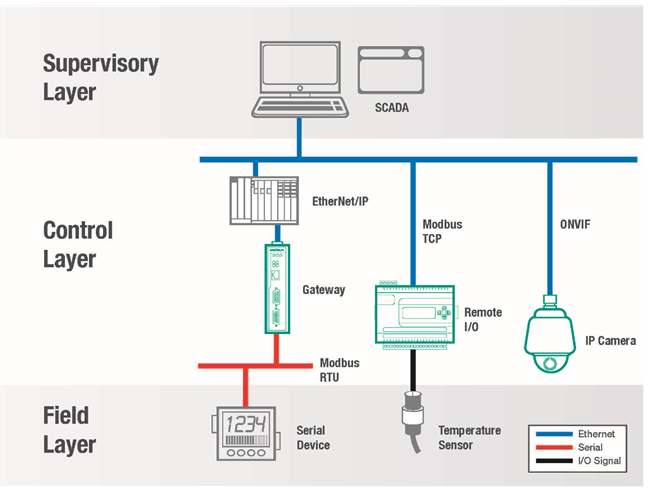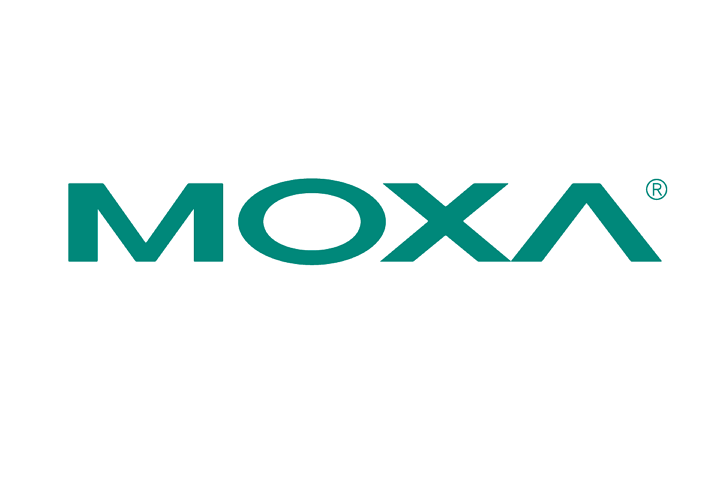The IIoT (Industrial Internet of Things) is swiftly emerging as the central element of automation. While the penetration of IIoT into numerous industries is rapidly progressing—unleashing novel capabilities for data collection and altering the way we engage with machinery and services—it isn’t always a seamless journey in the realm of IIoT. Challenges lie ahead for implementing IIoT.
The IIoT is intricate and fragmented due to heterogeneous networks, diverse protocols, and a multitude of devices. Managing such networks at field sites often plunges system operators into a whirlwind of frustration and distress since linking the “Things” to the Internet is more challenging than it sounds. The key is to connect all these diverse components so that your IIoT strategy can propel your operations forward efficiently.
This article aims to offer hands-on guidance for smoothly progressing with your first step into Industrial IoT field connectivity. We have delved into your perspective to highlight the crucial aspects to be mindful of as you delve into the Industrial IoT landscape.
Safeguarding Heterogeneous Networks at Field Sites
Collecting data from field devices in industrial automation setups has always been crucial. Presently, establishing the connectivity of this data on a network, although challenging, holds immense potential for data analysis purposes. Information such as temperature, motor speed, start/stop status, and video footage can offer fresh insights to optimize and enhance operations—ultimately boosting competitiveness. For instance, determining optimal energy consumption, production line efficiency, and maintenance schedules to minimize downtime. Nonetheless, these devices often operate using different communication protocols: some rely on proprietary protocols, while others utilize open standard protocols. Regardless, efficiently bridging between one or more protocols is imperative.
Cutting costs and saving time are perennial concerns. Hence, managing interoperability can be approached in one of the following three methods. Your specific needs should dictate which solution aligns best with your operation.
Choosing Appropriate Protocols
Diverse protocols are employed in various field devices. For instance, Modbus RTU/ASCII is user-friendly, uncomplicated, and cost-effective. If your data collection needs are infrequent, Modbus suffices. Conversely, for quick data exchanges, PROFIBUS is more suitable. While it incurs higher costs, it excels in time-critical applications. With Ethernet gaining traction in automation, Ethernet-based protocols are increasingly utilized at field sites. Most Ethernet-based protocols are open standards, like Modbus/TCP, Profinet, OPC UA, or ONVIF in video applications. When devising a new system or upgrading an existing one, ensure the field devices support open standard protocols to facilitate interoperability with devices from diverse manufacturers.
Efficiently Integrating Diverse Protocols and Communication Media
Field networks are typically categorized into field, control, and supervisory layers. Each layer operates with varying response times and confronts distinct environmental conditions. Consequently, a gamut of protocols catering to the needs of these layers is expected. Following protocol selection, the subsequent step involves retrieving pertinent data from devices operating on various protocols. Typically, protocol gateways offer optimal integration solutions. For instance, converting a field layer protocol (e.g., Modbus RTU master) to a control layer protocol (e.g., Ethernet/IP or PROFINET PLC) streamlines operations.
To meet industrial environmental demands, diverse transmission media can be employed to construct robust communication systems. For long-distance applications or in environments with excessive electronic interference, fiber-optic cables excel. During systems planning, ensuring vendors furnish foolproof solutions for communication issues involving varied device interfaces (e.g., RS-232/R-485, remote IO), network interfaces (e.g., optical fiber, wireless), and support for different protocols (e.g., fieldbus, DPC UA, ONVIF) is paramount. Remember, a comprehensive solution can save substantial time during system integration.

Managing Proprietary Protocols
While standard protocols have been extensively covered, a plethora of devices, from power meters to barcode scanners, operate on proprietary protocols via serial interfaces. Oftentimes, popular serial protocols like Modbus RTU or DF1 are absent. To link such devices to an Ethernet network, utilizing a serial-to-Ethernet converter, known as a serial device server, is recommended. These servers support two interfaces: a serial interface on one end and an Ethernet interface on the other. Supporting virtual COM ports, these servers emulate legacy COM ports in SCADA systems, enabling seamless integration without necessitating redevelopment. Additionally, they offer raw socket mode to transparently convert serial data into TCP or UDP packets. Most SCADA and OPC servers are compatible with special drivers or libraries to engage with serial device servers for processing proprietary protocols. While manual protocol handling may persist, serial device servers facilitate data transmission to an Ethernet network.
Our white paper “Hands-on Advice for Your Initial Venture into IIoT Field Connectivity” also presents solutions for scenarios including: Configuration, Deployment, Troubleshooting, and Maintenance of Devices on a Large Scale; and Resilience against Extreme Environmental Conditions that Damage Devices. To explore further, download the white paper here.
- Not Only for Automobiles: Discovering CANbus Technology in Various Industrial Settings - October 29, 2024
- Boost Your Network Performance: An Exciting Manual to PoE Switches! - September 10, 2024
- Understanding Gigabit Switches: Industrial vs Regular Gigabit - September 4, 2024


